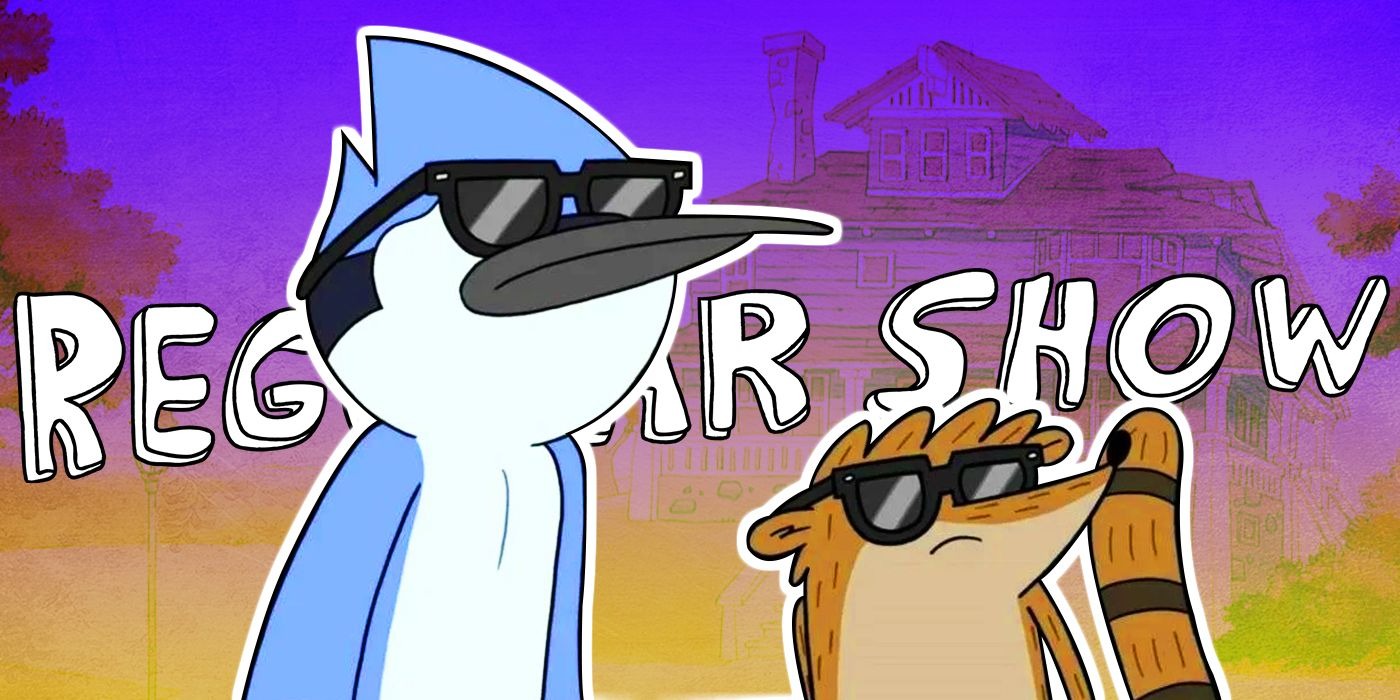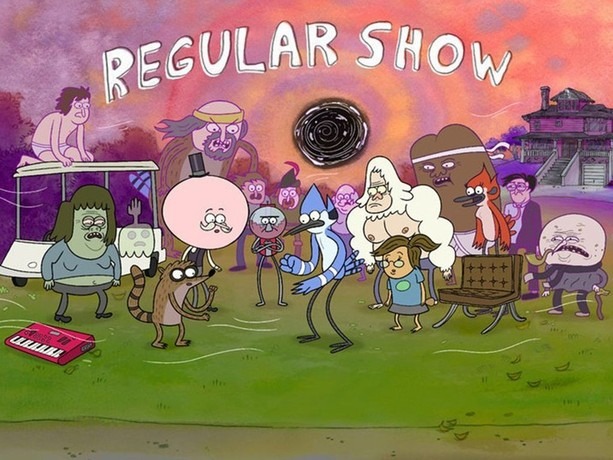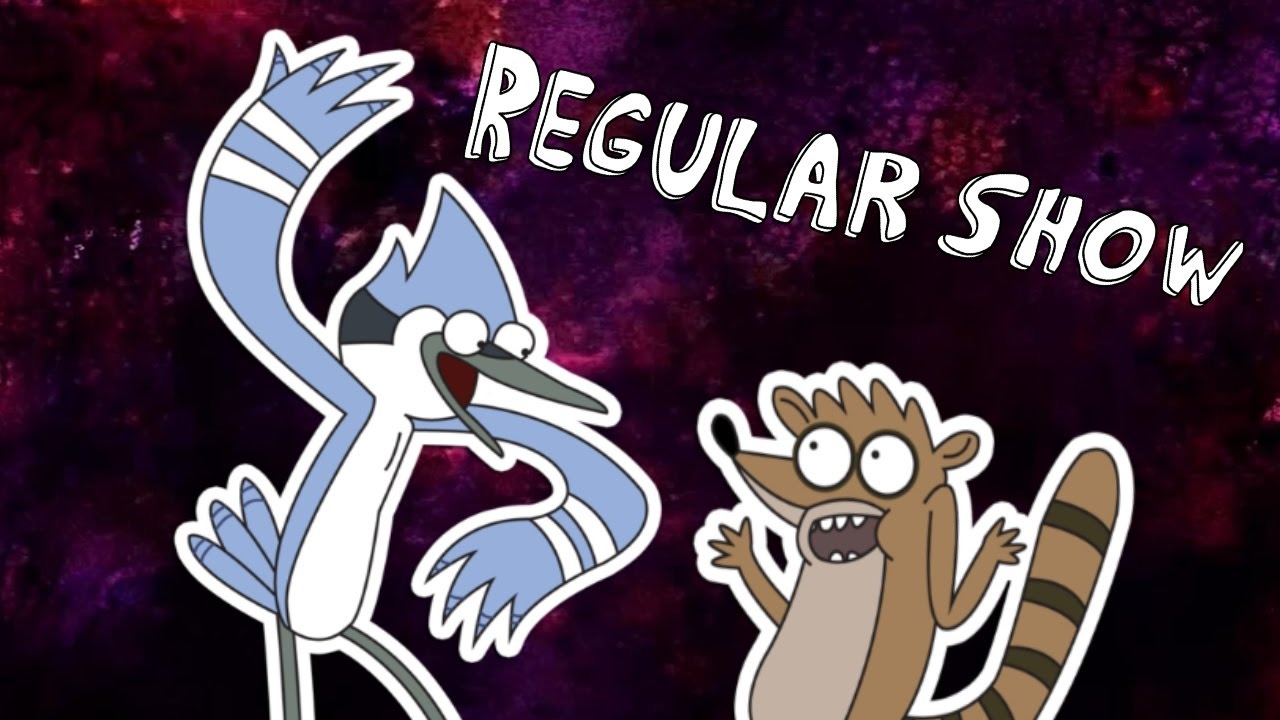“Regular Show,” an iconic animated series celebrated for its quirky humor and unique storytelling, has made a substantial impact on the animated television scene. This show, created by J.G. Quintel, masterfully combines surreal adventures with the everyday life of two best friends working in a park. In this article, as we explore the origins of “Regular Show” and answer the pivotal question, “When did Regular Show start?”, we also delve into the creative minds behind its inception and the distinctive elements that endeared it to fans across various age groups.
When Did Regular Show Start?
“Regular Show” first graced television screens on September 6, 2010. This date marks the official launch of a series that would go on to captivate audiences with its unique blend of surrealism and everyday antics. Created by J.G. Quintel, who developed the concept from his own college animations, the series quickly established itself as a standout show on Cartoon Network.
The inception of “Regular Show” is an interesting story rooted in creativity and a passion for pushing the boundaries of traditional animated series. J.G. Quintel’s experiences and earlier projects at the California Institute of the Arts significantly shaped what would eventually become the “Regular Show.” This series not only explored the bizarre adventures of Mordecai and Rigby, two park employees but also infused each episode with humor that resonated with both kids and adults alike.

When “Regular Show” started, it brought a fresh perspective to animated television, blending the mundane with the extraordinary in ways that viewers had not seen before. This innovative approach helped the show to carve out a niche for itself, appealing to a broad audience and setting new trends in the genre of animation. Throughout its run, “Regular Show” maintained a strong fanbase, thanks in part to its original air date in September 2010, which laid the groundwork for a new era in animated storytelling.
The Creative Process Behind “Regular Show”
The creative process behind “Regular Show” is a testament to the innovative spirit of its creator, J.G. Quintel. From its inception, “Regular Show” stood out for its unique blend of everyday scenarios and surreal, unexpected twists. This creative direction was strongly influenced by Quintel’s earlier work and his educational background at the California Institute of the Arts.
J.G. Quintel began shaping the concept of “Regular Show” during his time at CalArts, where he produced several student films. Notably, his projects “The Naïve Man from Lolliland” and “2 in the AM PM” served as the conceptual precursors to “Regular Show.” These films not only featured elements of surreal humor and unconventional narratives but also introduced character dynamics that would evolve into the core relationships in “Regular Show.”
After graduating, Quintel honed his skills on other animated shows like “Flapjack” and “Adventure Time,” which further influenced his storytelling style. This period was crucial as it allowed Quintel to experiment with and refine his ideas about animation and narrative structure. The creative process for “Regular Show” involved transforming these ideas into a coherent series that could appeal to both children and adults.
When “Regular Show” started on September 6, 2010, it brought Quintel’s vision to life with a distinct style that mixed slice-of-life content with fantastical, often absurd adventures. The main characters, Mordecai and Rigby, are two park employees whose attempts to dodge work and responsibilities lead them into bizarre and hilarious scenarios. This setup allowed Quintel and his team to explore a wide range of themes and situations, making “Regular Show” relatable yet unpredictably entertaining.
Throughout the series, the creative process remained dynamic, with Quintel and his team continuously pushing the boundaries of traditional animation. They embraced a collaborative approach, often incorporating feedback and ideas from other writers and animators. This collective creativity ensured that “Regular Show” remained fresh and innovative, keeping audiences engaged from the moment it first aired.
Incorporating the keyword “When did Regular Show start” into discussions about the show’s creative process highlights not only the specific inception date but also the period of artistic development and experimentation that defined its success. This backstory enriches our understanding of how “Regular Show” became such a beloved and influential part of animated television history.
Key Features and Themes of “Regular Show”
“Regular Show” is renowned for its masterful blend of everyday realism and the extraordinarily bizarre. The narrative centers around two main characters, Mordecai, a blue jay, and Rigby, a raccoon. These two best friends find themselves embroiled in surreal escapades as they try to shirk their regular duties at the park. The humor of “Regular Show” often springs from the unexpected and surreal twists that emerge in otherwise ordinary situations, resonating with both young viewers and adults alike. This unique approach to storytelling has helped “Regular Show” achieve cross-generational appeal, distinguishing it as a landmark in animated television.
Impact and Legacy
Since its debut, “Regular Show” has amassed a substantial following and has prompted other animated series to incorporate more mature themes within a traditionally child-focused format. The series has been lauded for its inventive storytelling techniques and has received multiple awards throughout its run, solidifying its role as a transformative force in the animation industry.
“Regular Show” first aired on September 6, 2010, ushering in a new era where the mundane seamlessly merges with the magical. Created by J.G. Quintel and brought to life by a dedicated team, the show quickly became a cornerstone of Cartoon Network’s lineup. Celebrated for its distinctive humor, deep friendships, and creative adventures, “Regular Show” exemplifies how innovation and fresh perspectives can revolutionize animated television. As we explore its beginnings and development, including “When did Regular Show start,” it’s clear that “Regular Show” has set new standards for what animated series can achieve.



